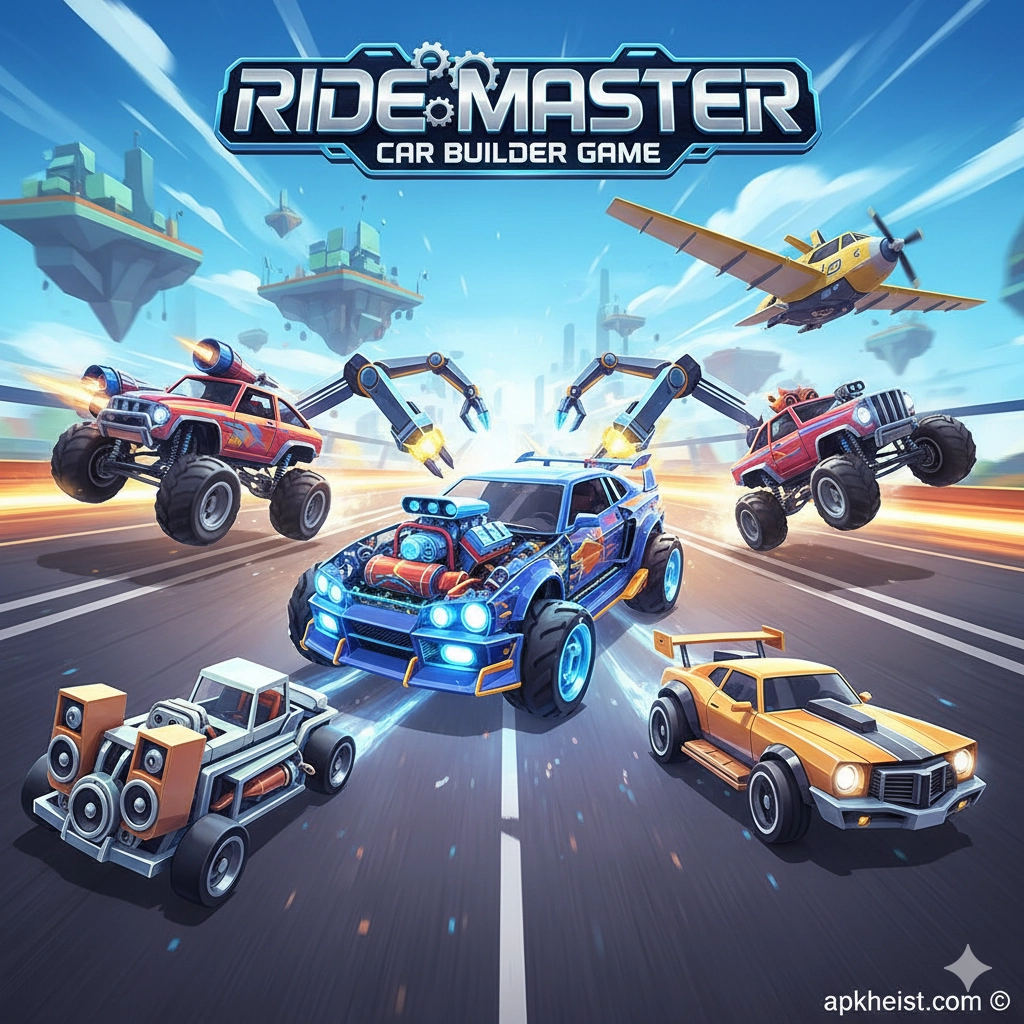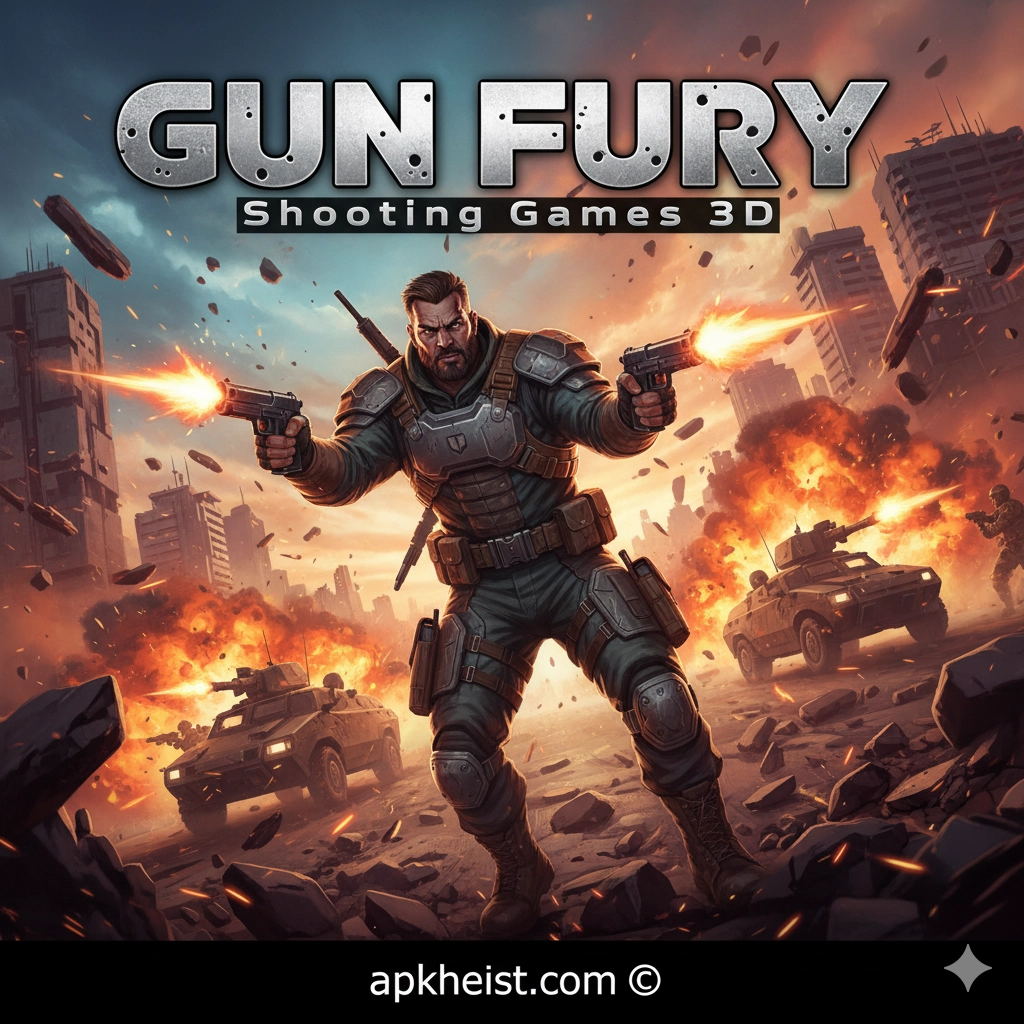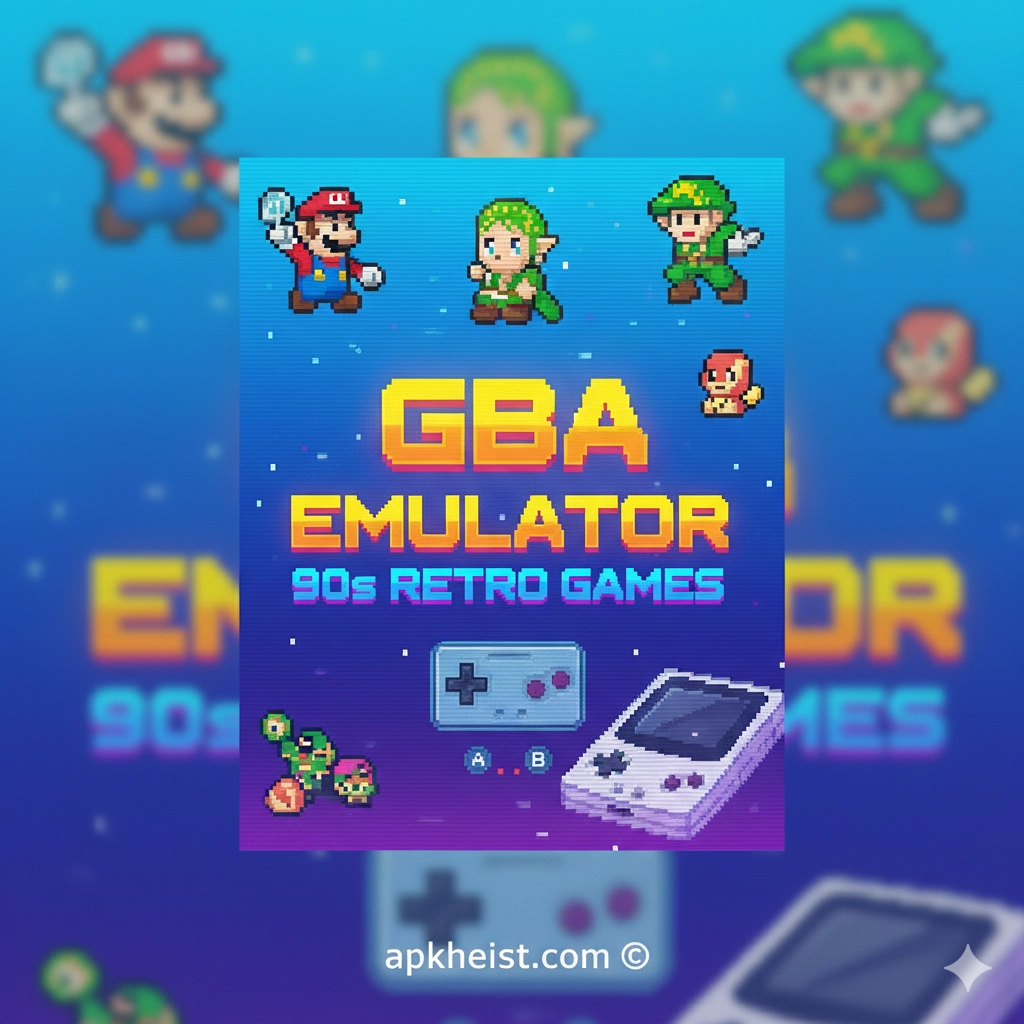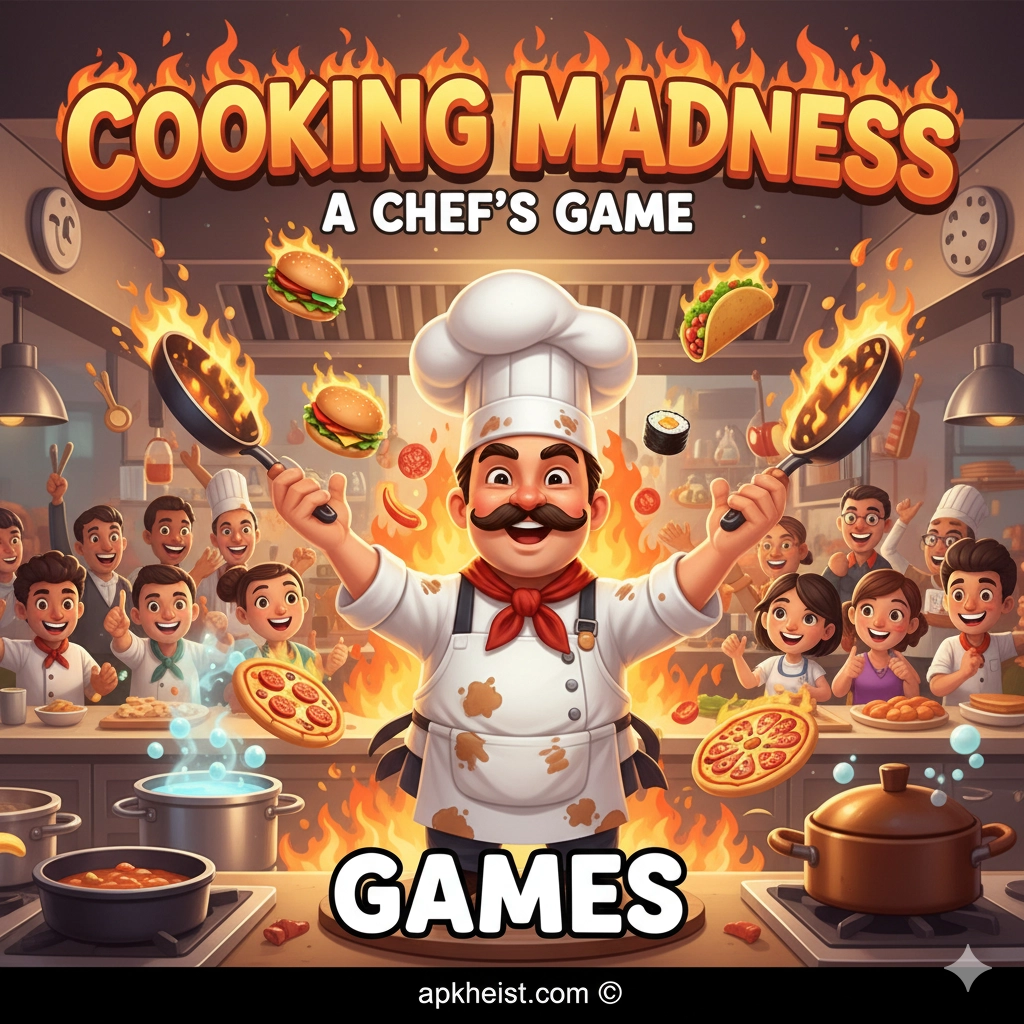Big intro: Designed for players who love nurturing gameplay, creativity, and emotional connection, Pocket Pets GAMES delivers a full experience of caring for digital companions. These games combine pet simulation, customization features, collecting mechanics, and daily missions that keep users returning. Whether you enjoy calm casual play or more strategic pet development systems, Pocket Pets GAMES fit seamlessly into your lifestyle. Many Western users love the blend of cozy gaming, incremental progress, and expressive pet personalities. To help you further explore related categories, here are recommended resources that align naturally with pet-simulation content:
Casual Simulation Educational Arcade Board Trivia
1. Pet Care & Daily Routines — How players feed, wash, train, and emotionally bond with virtual pets.
2. Habitat Customization — Building unique spaces that reflect your style and enhance pet happiness.
3. Mini-Games & Skill Challenges — Short interactive games that reward players with coins, food, or accessories.
4. Pet Evolution & Progression — How pets grow, level up, and unlock new abilities.
5. Social Sharing & Multiplayer Features — Ways players connect with friends, visit homes, or show off their collections.
1. Pet Care & Daily Routines
At the heart of Pocket Pets GAMES is the daily care loop—feeding, bathing, training, playing, and bonding. These mechanics mimic real-life pet responsibilities but in a gentle, low-pressure format that promotes relaxation and empathy. Players begin by choosing one or more starter pets, each with unique personalities and needs. The care cycle helps reinforce responsibility: pets become hungry over time, get sleepy, desire affection, or request play sessions. As you interact consistently, pets become happier, unlocking exclusive animations, moods, and mini-events. The emotional feedback loop is what makes Pocket Pets so appealing—every action feels meaningful. This continuity encourages players to check in daily, forming a small but positive ritual that fits naturally into a busy lifestyle.
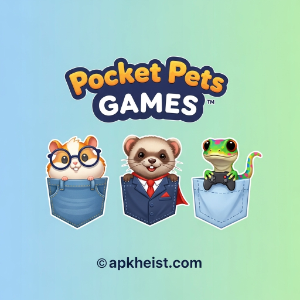
2. Habitat Customization
One of the most expressive parts of Pocket Pets GAMES is designing your pet’s habitat. This can include themed environments, decorative furniture, interactive toys, and seasonal items. Players can transform a plain starter room into a cozy home, a futuristic lab, a jungle space, or a holiday-themed wonderland. Customization is not just cosmetic—many decorations influence pet happiness or unlock special interactions. Large habitats may allow multiple pets to coexist, creating dynamic social behaviors like dancing, playing, or sleeping together. For Western players who enjoy creativity and personalization, habitat building is one of the biggest long-term motivators. It invites experimentation, aesthetic expression, and strategic planning as players decide how to balance beauty with functionality.
3. Mini-Games & Skill Challenges
Mini-games add quick, enjoyable bursts of action to the otherwise relaxing pacing of Pocket Pets GAMES. These challenges—such as fruit-catching, jumping puzzles, reaction-timing games, or matching activities—reward players with resources like coins, gems, pet food, or accessories. They also encourage mastery: players aim for higher scores, streak rewards, or weekly rankings. Mini-games are intentionally diverse to appeal to different playstyles, from arcade-style reflex games to more thoughtful puzzle challenges. This variety helps break up the pet-care routine and gives players a sense of progression, making the game ideal for both short and extended play sessions.
4. Pet Evolution & Progression
Growth is central to the emotional investment of Pocket Pets GAMES. Pets often evolve through stages—baby, young, adult, or special evolved forms unlocked through bonding, training, or rare items. Evolution may change a pet’s appearance, unlock new animations, or introduce unique skills used in mini-games. Progression systems provide long-term goals, giving players concrete milestones and a sense of achievement. Some games include skill trees, personality traits, or training stats that influence performance. These layered mechanics add depth for players who want more than simple pet-care simulation and create replay value as users test different evolution paths.
5. Social Sharing & Multiplayer Features
Community features transform Pocket Pets GAMES from a solitary experience into a shared hobby. Many platforms allow players to visit each other's habitats, exchange gifts, trade accessories, or showcase their rare evolved pets. Social leaderboards encourage friendly competition via weekly challenges or mini-game rankings. Sharing saves and screenshots across social platforms strengthens the sense of community. For younger players, safe, moderated social features make interactions fun while still secure. Overall, these social elements help maintain engagement and create a feeling of belonging within a larger world of pet lovers.
FAQ 1: Are Pocket Pets GAMES suitable for all ages?
Yes. These games are intentionally designed to be family-friendly with simple mechanics that appeal to young children while still offering customization and progression systems that engage older players.
FAQ 2: Do pets get unhappy if I don’t log in?
Most games lightly encourage regular check-ins by lowering pet happiness or hunger over time, but they typically avoid harsh penalties. The goal is to motivate gentle routine—not stress users with strict requirements.
FAQ 3: Are purchases necessary to enjoy the game?
No. While optional in-app purchases can speed up progression or unlock rare items, free players can fully enjoy the core gameplay loop through daily rewards, mini-games, and mission achievements.
FAQ 4: Can I raise multiple pets at once?
Many versions of Pocket Pets GAMES allow players to unlock additional pets through progression or currency. Managing multiple pets adds variety and encourages habitat expansion.
FAQ 5: Do the games include educational elements?
Yes. Although primarily entertainment-focused, Pocket Pets GAMES encourage responsibility, timing, resource management, and emotional empathy—skills often used in educational environments.

